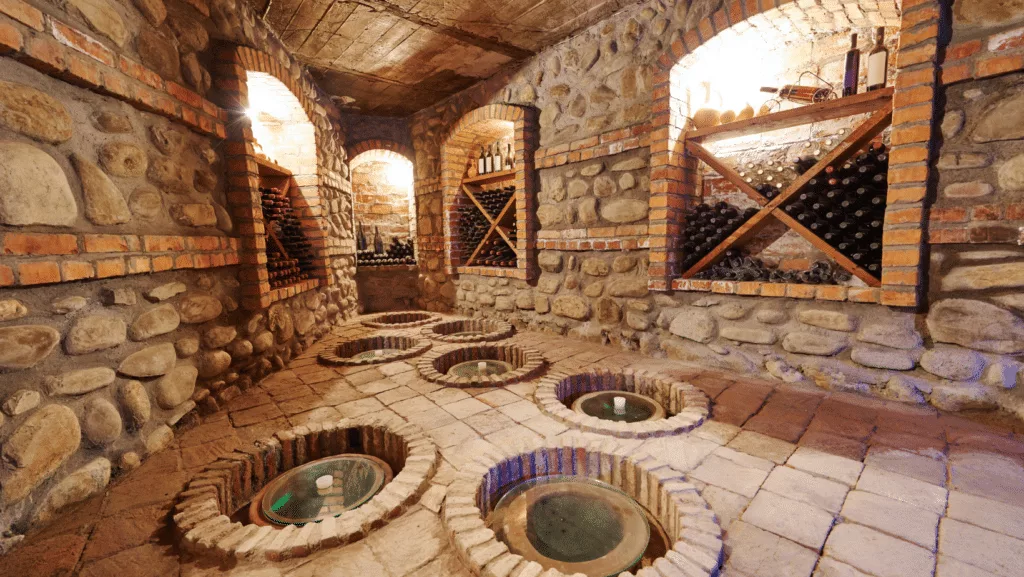
Georgia, a small country located in the Caucasus Mountains, has a rich and ancient wine culture that dates back 8000 years. From its humble beginnings in monasteries to the development of modern wineries, Georgian wine has undergone a fascinating evolution while maintaining its unique traditions and exceptional quality.
The Origins of Georgian Wine
The history of Georgian wine dates back over 8,000 years, making it the oldest wine-producing country in the world. The earliest evidence of wine production in Georgia comes from archaeological findings, such as grape seeds, pottery shards, and other winemaking tools, which have been discovered in various regions throughout the country.
The origins of Georgian wine are closely tied to the country’s ancient religious traditions. In the early days of Georgian Christianity, monks played a crucial role in the development of winemaking techniques. They believed that wine was a sacred drink and an essential part of religious ceremonies. As a result, many monasteries became centres of winemaking, with monks dedicating themselves to perfecting the art of viticulture and wine production.

One of the most distinctive aspects of traditional Georgian winemaking is the use of large, egg-shaped clay vessels called qvevri. These vessels, which can hold up to several thousand litres of wine, are buried underground to maintain a constant temperature during the fermentation process. The use of qvevri dates back to ancient times and is believed to have originated in the Caucasus region, which includes present-day Georgia.
There are several reasons why Georgians began using qvevri for winemaking. First, the clay used to make these vessels is abundant in Georgia and has natural insulating properties that help to regulate the temperature of the wine during fermentation. This is particularly important in a country with hot summers and cold winters, as extreme temperatures can negatively impact the quality of the wine.
Second, the egg shape of the qvevri is thought to facilitate a natural convection process during fermentation, allowing the wine to circulate and mix without the need for manual stirring. This gentle circulation helps to extract colour, flavour, and tannins from the grape skins, resulting in wines with deep, complex flavours and a distinctive amber hue.
Finally, the porous nature of the clay used to make qvevri allows for micro-oxygenation during the aging process, which contributes to the development of the wine’s flavour and aroma. The use of qvevri also imparts a subtle earthiness to the wine, which is often described as a characteristic of traditional Georgian wines.
Regions and Appellations

Georgia is divided into several wine regions, each with its own unique terroir, grape varieties, and winemaking styles. The most prominent region is Kakheti, located in the eastern part of the country. Kakheti is home to over 70% of Georgia’s vineyards and is known for its full-bodied red wines made from the Saperavi grape, as well as its crisp white wines made from Rkatsiteli and Mtsvane grapes. Other notable regions include Kartli, Imereti, and Racha-Lechkhumi, each with their own distinct wine styles and local grape varieties.
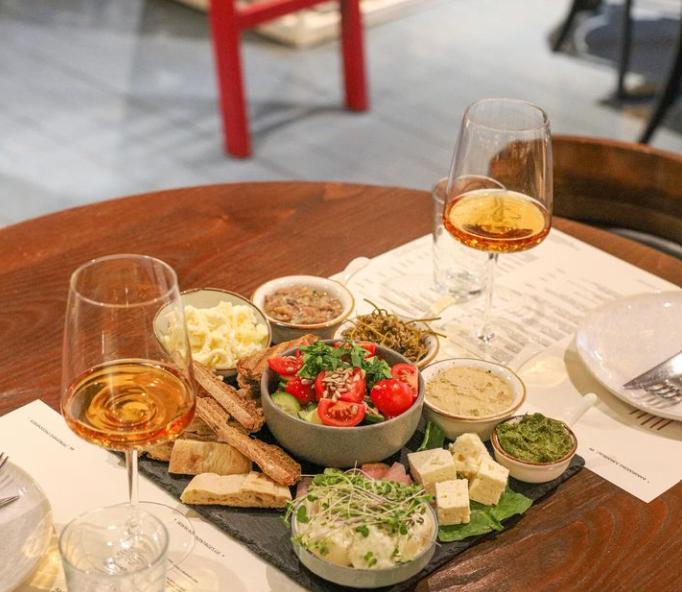
One of the most unique and iconic styles of Georgian wine is the amber wine, also known as orange wine or skin-contact wine. This style is made by fermenting white grapes with their skins, seeds, and stems, a process that gives the wine its distinctive amber colour and complex flavour profile. Amber wines are typically fermented and aged in qvevri, which impart additional depth and character to the wine. The resulting wines are often full-bodied, with notes of dried fruit, nuts, and spices, and a tannic structure that is more commonly associated with red wines, and they have become a hallmark of Georgian wine culture.
Another important product of the Georgian winemaking process is chacha, a potent grape brandy. Chacha is made by distilling the leftover grape skins, seeds, and stems after the winemaking process is complete. The resulting spirit is clear and typically has an alcohol content of around 40-60%. Chacha is an integral part of Georgian culture and is often consumed as an aperitif or digestif, and is also used in traditional Georgian medicine. Many wineries in Georgia also produce chacha alongside their wines, and visitors can often sample this unique spirit as part of their winery experience.
Georgian wine production is characterised by a mix of small family-owned vineyards and larger commercial wineries. Small family-owned vineyards often focus on traditional winemaking methods, such as using qvevri and natural fermentation processes. These vineyards tend to produce smaller quantities of wine, often prioritizing quality over quantity. On the other hand, larger commercial wineries may employ more modern techniques and equipment to produce larger volumes of wine for both domestic and international markets. These wineries often blend traditional methods with innovative approaches to create wines that appeal to a broader audience.
Wine Tastings and Immersive Experiences

One of the best ways to experience Georgian wine culture is through wine tastings and visits to local vineyards. Many wineries offer guided tours, providing visitors with an opportunity to learn about the winemaking process, sample a variety of wines, and even participate in traditional Georgian feasts called supra. For a more immersive experience, some family-owned vineyards offer accommodations, allowing guests to stay on-site and participate in daily life at the vineyard. This can include activities such as harvesting grapes, learning to cook traditional Georgian dishes, and enjoying intimate wine tastings with the winemakers themselves.
Harvesting Season and Community Celebrations:
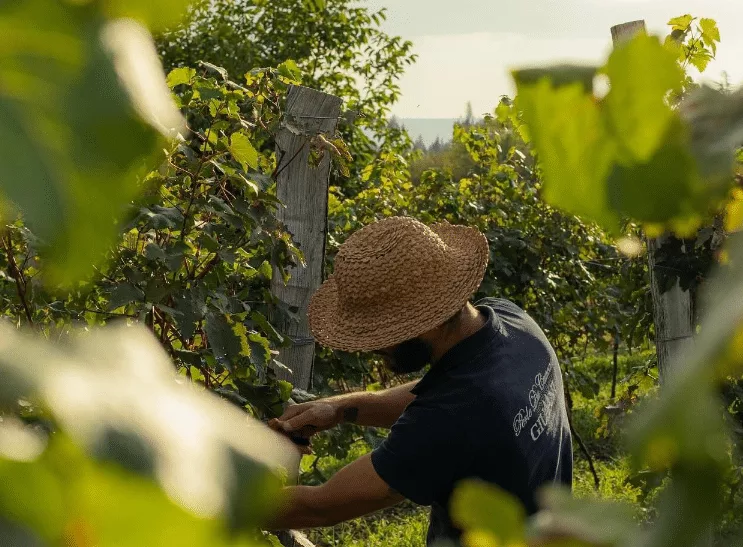
The grape harvesting season, known as rtveli, is a crucial time for Georgian wine communities. Typically taking place in September and October, rtveli brings together families, friends, and neighbours to harvest the grapes and celebrate the year’s work. During this time, many villages hold festivals and feasts, showcasing local wines, traditional music, and dance. The harvesting season is not only important for the production of wine but also serves as a way to strengthen community bonds and preserve cultural traditions.
Notable Wineries and Experiences

Georgia is home to numerous notable wineries that offer unique experiences for visitors. Giuaani Winery, a family-owned establishment in the Kakheti region, is dedicated to preserving traditional Georgian winemaking methods while embracing modern techniques. Visitors can experience the rich history and culture of Georgian wine through guided tours, tastings, and hands-on experiences, such as participating in the grape harvest or creating their own blend of wine. Khareba Winery, located in the Kakheti region, features extensive wine tunnels carved into the mountainside, where visitors can tour and sample their award-winning wines. For a more traditional experience, Pheasant’s Tears, a small family-owned winery in Sighnaghi, offers intimate tastings and food pairings that highlight the connection between wine and Georgian cuisine. Other notable wineries include Chateau Mukhrani, Teliani Valley, and Telavi Wine Cellar, each offering their own unique experiences and wines.

You don’t even have to leave the capital city of Tbilisi for wine immersion, as there are numerous opportunities to experience the country’s wine culture without leaving the city. Many restaurants and bars offer extensive wine lists featuring a variety of Georgian wines, and some even host regular wine tastings with their in-house sommeliers. One notable destination for wine enthusiasts in Tbilisi is the Georgian Wine Museum. Located in the heart of the city, this museum offers visitors a comprehensive overview of the history and culture of Georgian wine. The museum features exhibits on traditional winemaking methods, including the ancient Qvevri technique, as well as displays of historical winemaking equipment and artifacts.
The Future of Georgian Wine

In 2013, UNESCO recognized the ancient Georgian traditional Qvevri wine-making method as an Intangible Cultural Heritage of Humanity. This recognition highlights the importance of Georgian wine culture not only to the country itself but also to the world at large. The UNESCO recognition has helped to raise awareness of Georgian wine culture and has encouraged the preservation and promotion of this unique tradition. It has also opened up new opportunities for Georgian winemakers to share their knowledge and expertise with the world. As Georgian wine continues to gain recognition on the international stage, the country’s winemakers are working to strike a balance between preserving traditional methods and embracing innovation. Many younger winemakers are studying abroad and bringing back new ideas and techniques to combine with the time-honoured practices of their ancestors. This fusion of old and new is leading to the creation of exciting, high-quality wines that are capturing the attention of wine enthusiasts worldwide. Additionally, the Georgian government has recognized the importance of the wine industry and has implemented policies to support its growth and development. This includes investing in research and development, promoting Georgian wine abroad, and encouraging sustainable viticultural practices to ensure the long-term health of the country’s vineyards.
The Role of Wine Tourism
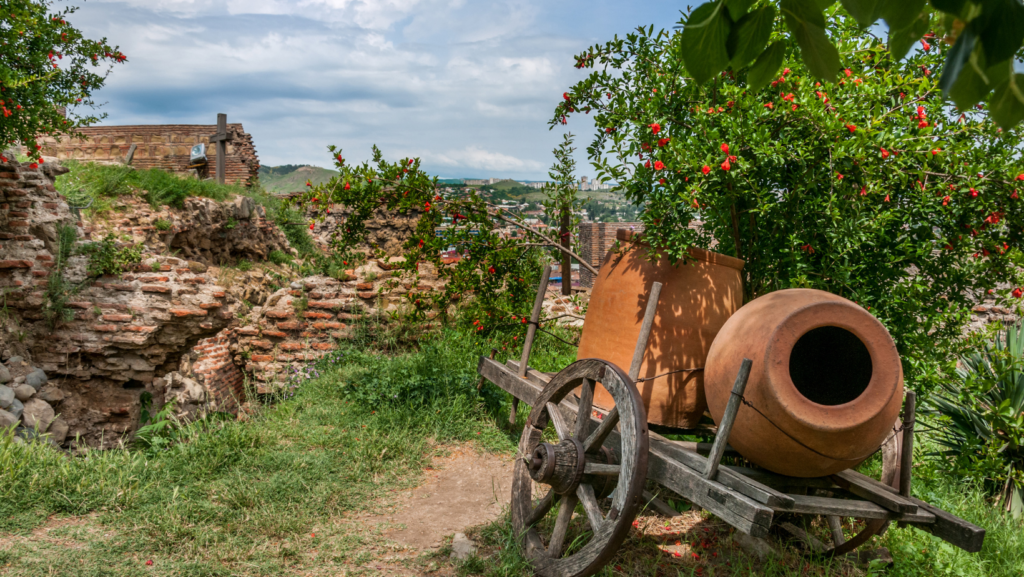
Wine tourism is playing an increasingly important role in the Georgian economy, with more and more visitors seeking out authentic experiences that allow them to connect with the country’s rich wine culture. The development of wine routes, such as the Kakheti Wine Route, has made it easier for visitors to explore the country’s wine regions and discover the unique offerings of each area. As the popularity of Georgian wine continues to grow, so too does the potential for wine tourism to contribute to the country’s economic development. By supporting small family-owned vineyards, promoting sustainable tourism practices, and showcasing the country’s unique cultural heritage, Georgia has the opportunity to create a thriving wine tourism industry that benefits both visitors and local communities.
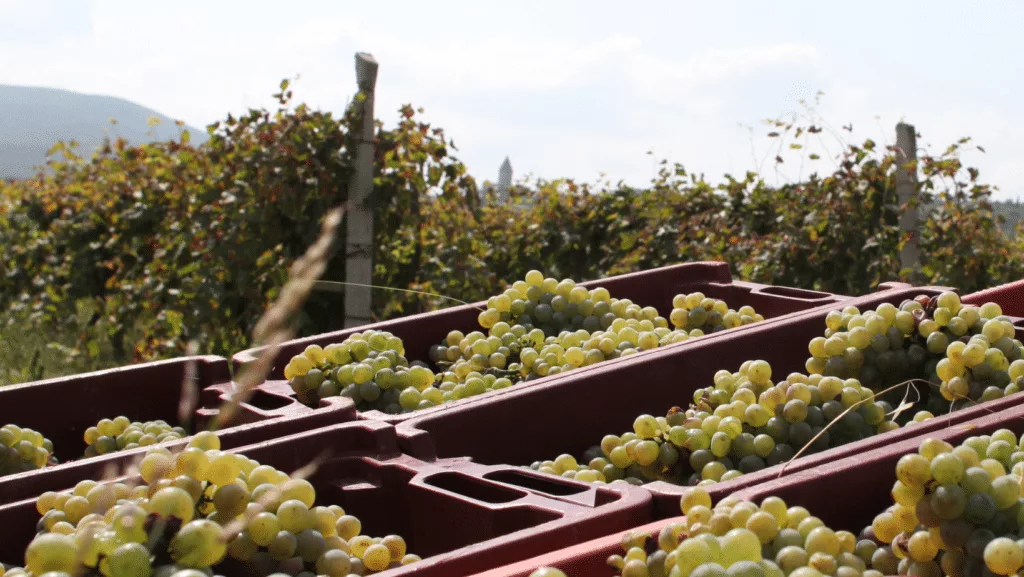
From its ancient origins in monasteries to the development of modern wineries, Georgian wine culture has undergone a remarkable evolution while maintaining its unique traditions and exceptional quality. The country’s diverse wine regions, each with their own distinct terroir and grape varieties, offer a wealth of experiences for wine enthusiasts to explore. Whether visiting a small family-owned vineyard to learn about traditional winemaking methods or touring a larger commercial winery to sample their latest innovations, visitors to Georgia are sure to be captivated by the country’s rich wine culture. The harvesting season, with its community celebrations and festivals, provides a special opportunity to witness the importance of wine in Georgian society and to connect with local communities.

